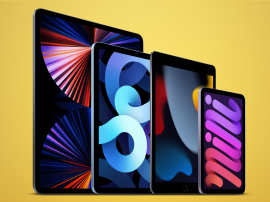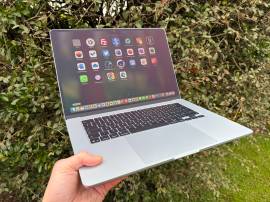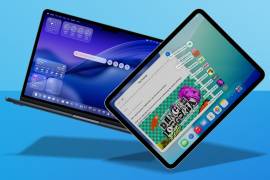Happy birthday, MacBook! Ten reasons why it’s been Apple’s quiet trendsetter
It arrived ten years ago today – here's why the MacBook has long pointed to the future of Apple...

Arriving on May 16, 2006, the original MacBook was a big deal. It replaced the much-loved iBook, becoming Apple’s first consumer notebook with an Intel processor.
But far from being a boring and (relatively) affordable device for home users and schools, the MacBook was an innovator from day one, introducing new ideas, providing existing cutting-edge tech to a much wider audience, and essentially being a template for Apple as a whole. Here’s why…
1. It showed people would pay more for bling
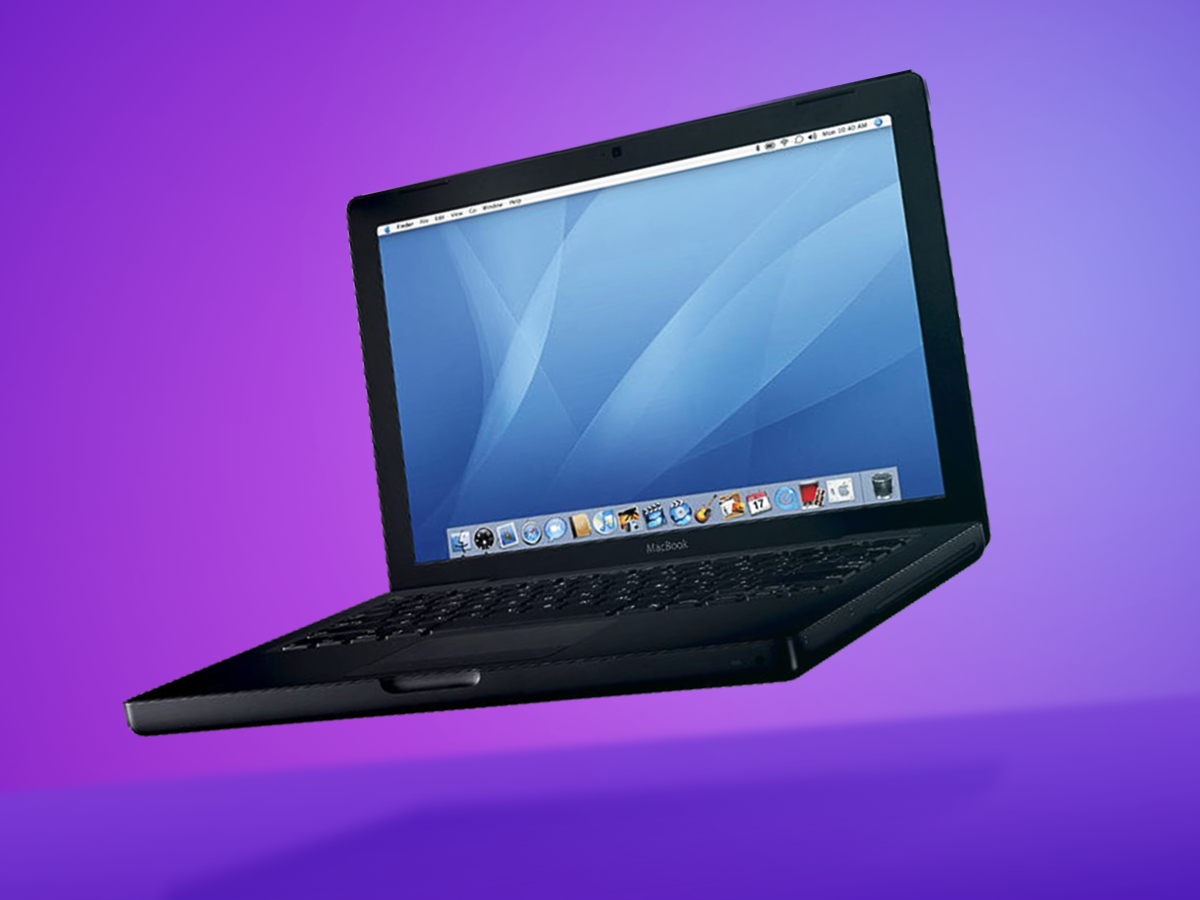
Apple’s arguably always been a company that had people pay for something that looked nicer than the competition, especially since the arrival of the iMac.
But with the original MacBook, the high-end model was barely superior to the mid-end one — and yet it came in black. Savvy buyers noticed if you upgraded the mid-end white unit to match the black one’s specs, you’d be $150 better off. So you were paying $150 for a different colour.
Fast forward to today, with Apple selling various flavours of Apple Watch that are identical bar cases and straps (although the price difference there is more like $15,000 for maximum bling).
2. It blurred the boundaries between ‘pro’ and ‘consumer’
There’s always been the notion that consumer notebooks could get away with being cheap, cheerful and underpowered. But when the MacBook arrived, it not only trounced its predecessor in every important benchmark test you care to think of, it also gave the far pricier MacBook Pro a run for its money.
Even the integrated graphics were largely on a par with Apple’s more expensive notebook, until you started lobbing advanced Cinebench tests into the mix.
3. It popularised the unibody
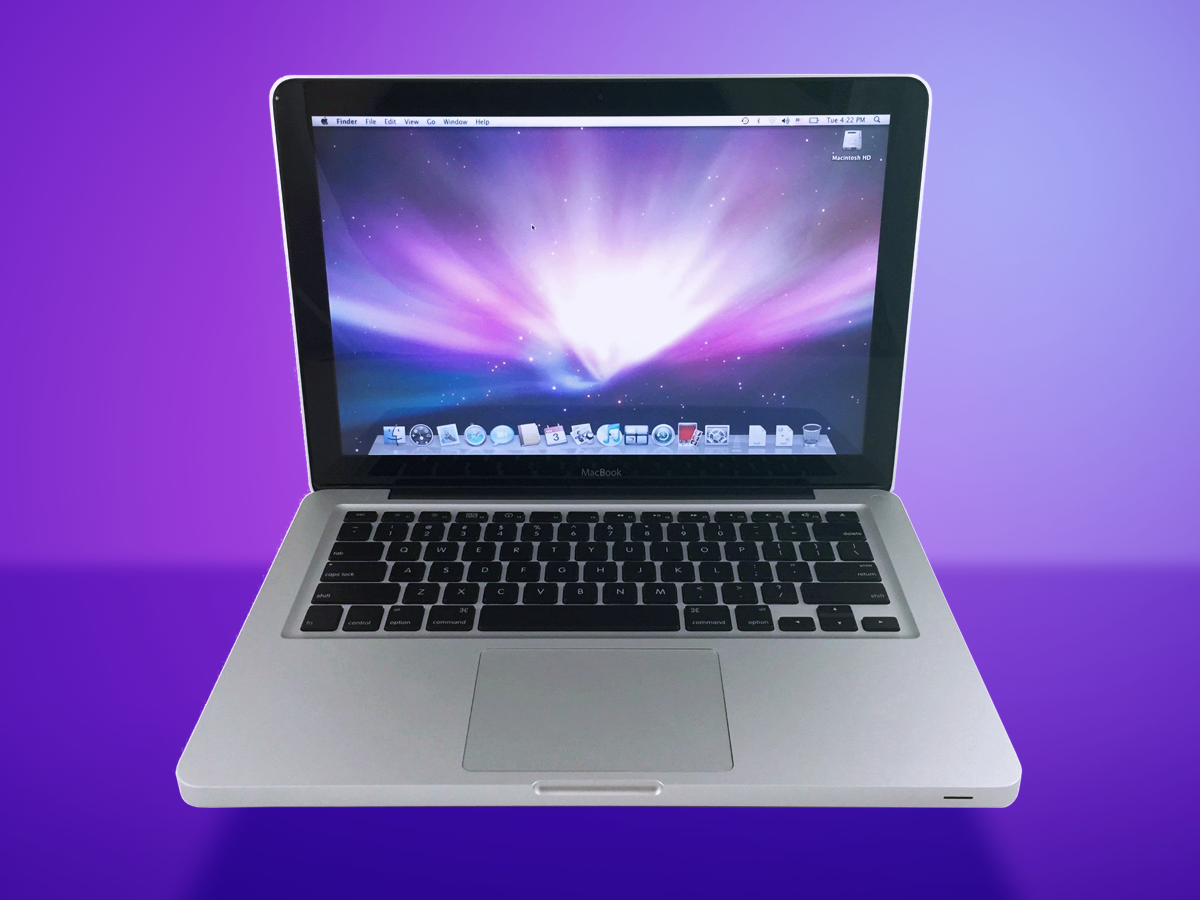
Apple’s MacBook Air had wowed with its unibody enclosure, but the high price-point put it out of the reach of many people. In 2008, the lessons learned when making Apple’s svelte notebook were applied to the rest of the line.
Crucially, the MacBook Pro and MacBook received their redesigns simultaneously. In effect, the MacBook was almost just a smaller MacBook Pro, and showed that the low-end of a line needn’t look cheap. And in unibody becoming the default across the full range, it’s unsurprising Apple’s subsequent notebooks all had a similar design language.
4. It went widescreen…and glossy
Apple’s iBook had stubbornly resisted widescreen, instead giving users a 4:3 aspect ratio with what had become the rather quaint 1024-by-768 resolution. The MacBook went widescreen, with a 1280-by-800 display not far off of the then Pro’s number of pixels.
It also foisted glossy displays on the Apple masses, with rich colour but turning Apple notebooks into mirrors when used in sunlit rooms. Subsequent models would attempt to reduce the glare, but Apple still loves its gloss.
5. It rethought the keyboard
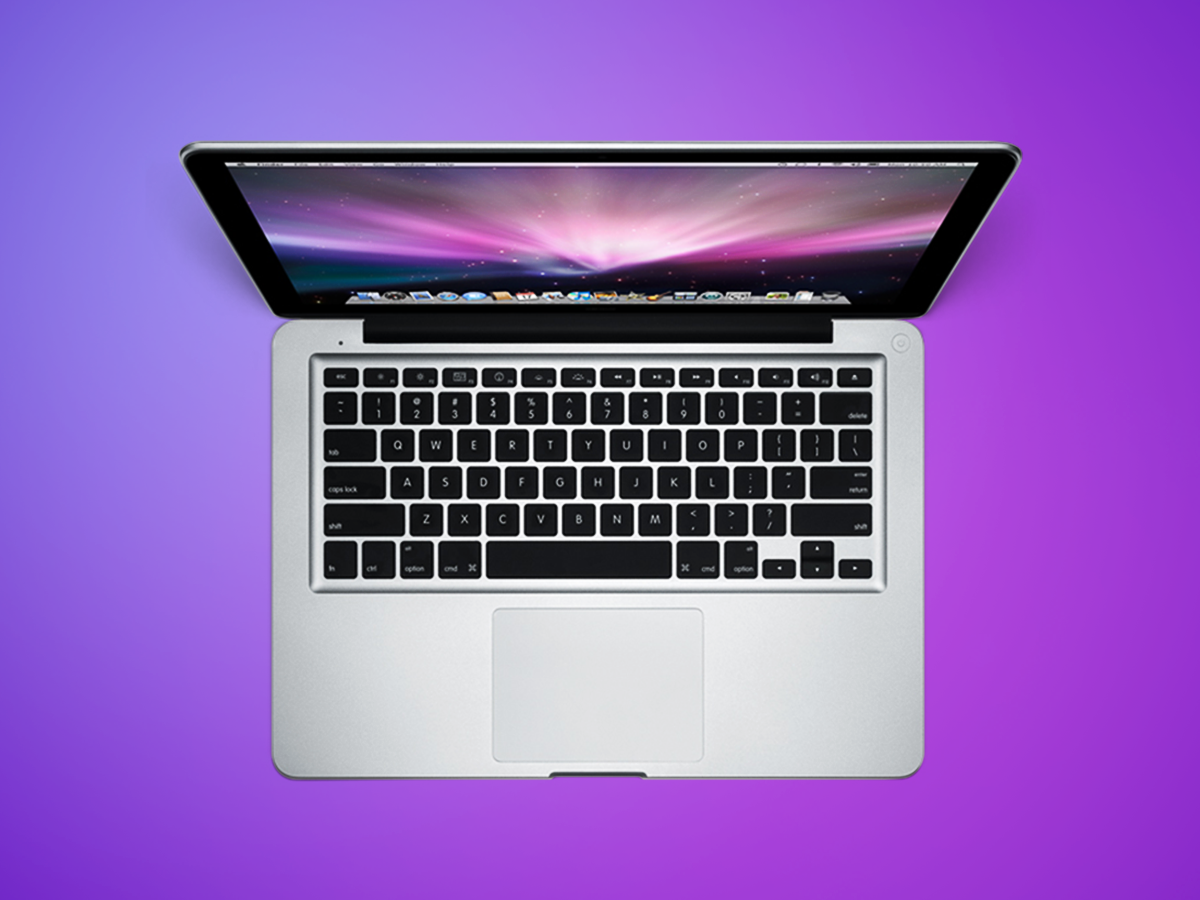
The MacBook featured a radical keyboard redesign that proved divisive — right up until you tried it. The entire keyboard was ‘sunken’, so when the notebook was closed no key marks would appear on the screen. And the keys themselves were flat and only delineated by the space between them.
Initially, this felt like typing on a dead surface, but soon you grew to love the MacBook’s response, which made other Apple notebook keyboards feel comparatively mushy. This keyboard design rapidly spread to the MacBook Pro and Apple’s desktop keyboards.
6. And even the trackpad went widescreen
It’s funny to think that notebooks were once lumbered with pointing sticks (aka ‘nipple mice’) or tiny trackballs. But Apple had long doubled down on clean, simple trackpads for notebooks.
With the 2006 MacBook, Apple made the trackpad wider. In part, this was due to the introduction of gestural input for scrolling and accessing modifiers (such as a two-finger tap for a right-click). Ever since, Apple’s maximised available space for trackpads, even on the desktop, most notably with the Magic Trackpad 2.
7. It really loved magnets
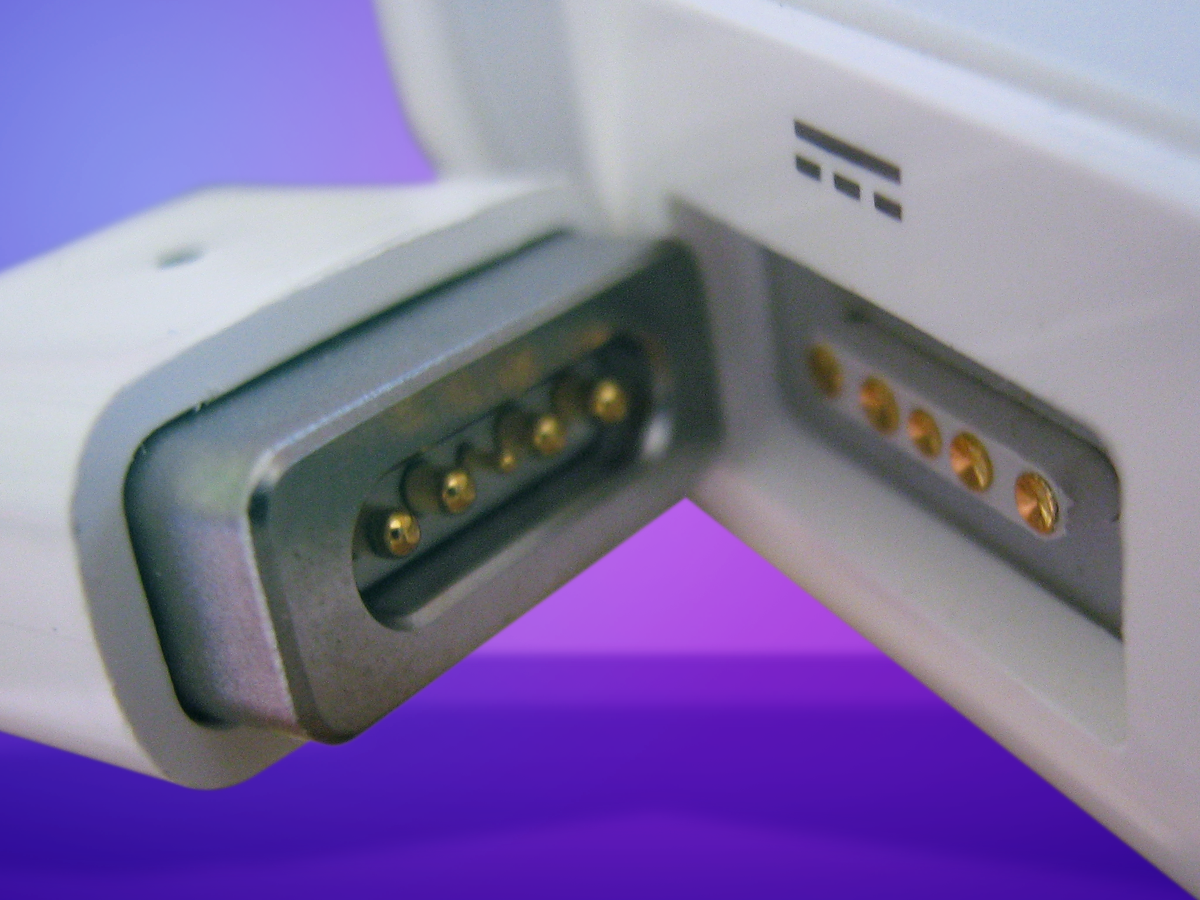
The MagSafe power connector wasn’t new to the world, having debuted on 2006’s MacBook Pro; however, Apple including it on the MacBook showcased that it should be a default rather than premium feature. But the MacBook also used magnets instead of a mechanical latch, simplifying the common process of opening a notebook.
This wasn’t a massive revolution, but a subtle, friendly change. Apple’s since increasingly used magnets to boost usability in all sorts of ways, not least to keep iPad accessories in place.
8. It added a camera
Given that even cheapo smartphones have a ‘selfie cam’, you pretty much expect a camera to be in a notebook these days. But in 2006, it was a big deal to see an iSight included in the MacBook. This was all about bringing a new kind of communication to the masses — video chat.
It took a while for Apple to issue its own system for doing so — FaceTime, which debuted in 2010 on iOS and arrived on OS X the following year (iChat had previously had voice chats over AIM and Yahoo). By then, even Apple’s standalone Thunderbolt Display had a camera.
9. It showcased Apple’s penchant for reinvention
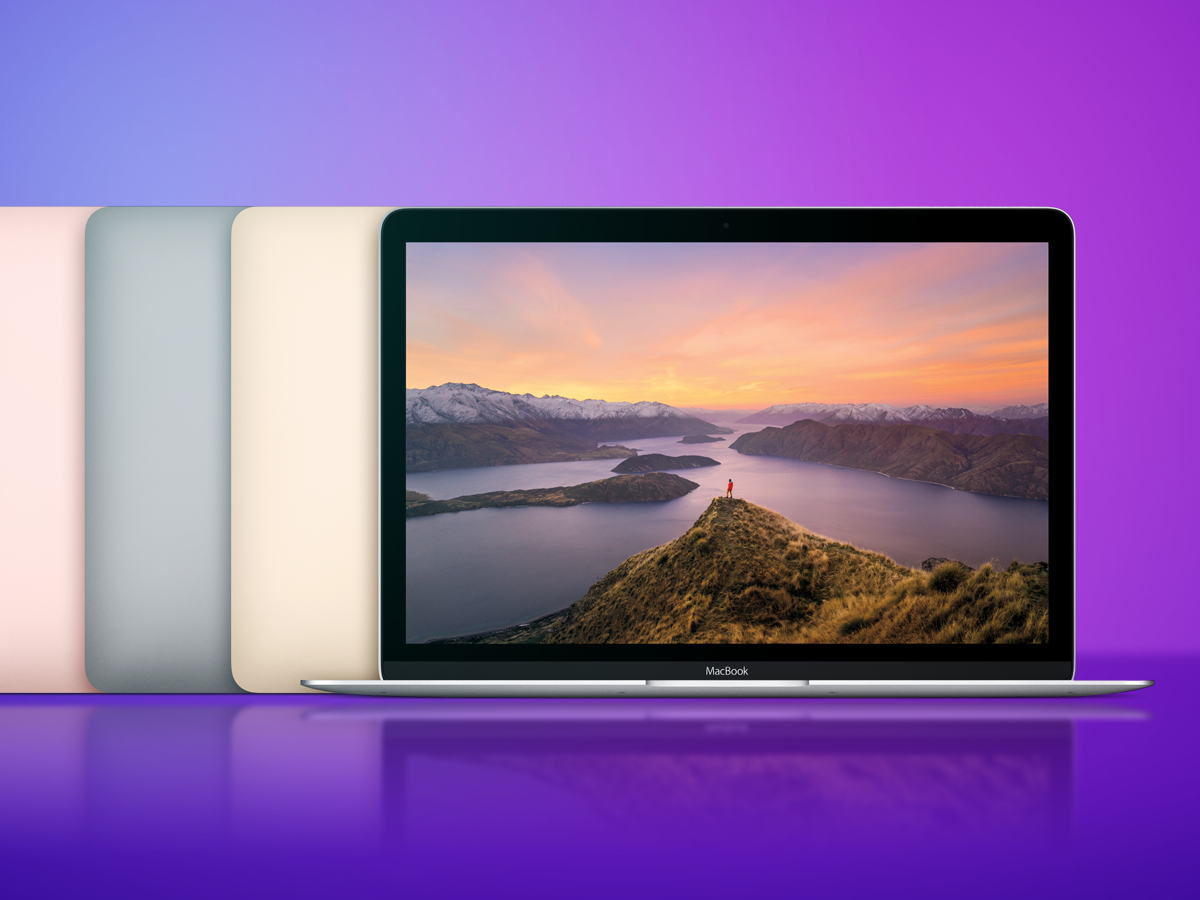
Apple lacks a nostalgia gland. If something’s no longer working, it’s radically altered or dispensed with entirely. This is perhaps most obvious with the iMac and various flavours of iPod, but the MacBook, too, received major updates.
In 2008, it went unibody, aping the MacBook Pro. The name was rested in 2011, but returned in 2016 for Apple’s vision of the future of consumer-oriented premium notebooks.
10. It hasn’t been afraid to ditch things
It’s one thing for an iMac to get rid of ports and drives — after all, it sits on a desk and you can easily enough plug peripherals in. But Apple’s been just as forthright on mobile. When it feels the time’s right, even its consumer notebooks have ruthlessly binned seemingly standard components and connectivity.
The 2006 MacBook was quite port-rich, but 2008’s unibody rethink removed FireWire and mini-DVI (the latter being replaced by Mini DisplayPort); the 2009 update merged audio in/out, although clung on to a SuperDrive. Optical drives wouldn’t be ditched in Apple’s notebook line until 2012, by which time the MacBook name was rested.
When it returned in 2016, the MacBook’s only peripheral connections were a single USB-C port and a headphone jack. Which, if rumours about the iPhone 7 are to be believed, means that in a couple of years we’ll be toting MacBooks with no ports at all. Not a bad rate of evolution in ten years.

